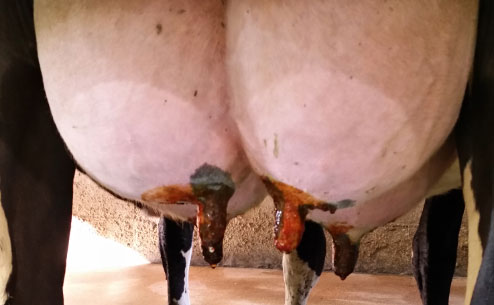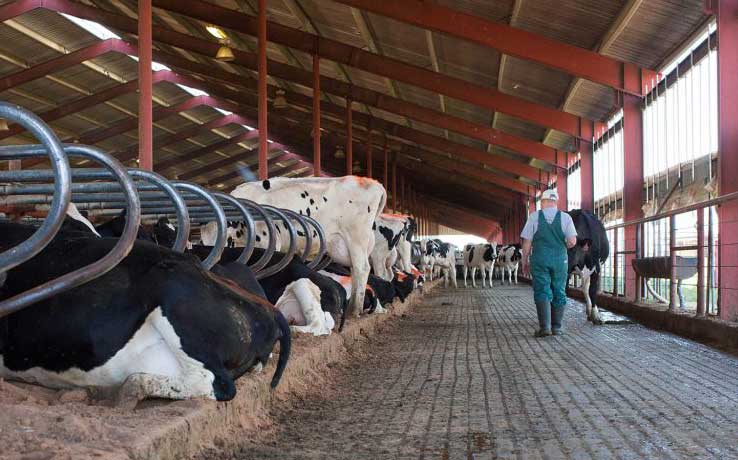Milk Quality
Dellait » Milk Quality
OVERVIEW
According to the results from the latest survey conducted by USDA National Animal Health Monitoring System (2016) in 17 of the Nation’s major dairy States, representing 80.5% of U.S. dairy operations and 81.3% of U.S. dairy cows, the percentage of cows treated with antibiotics for mastitis, respiratory diseases, digestive problems, reproductive disorders, lameness, or other disease was 22.0, 2.6, 1.1, 7.7, 3.6, and 0.5%, respectively.
Mastitis was the disease that affected the highest percentage of cows (25.7%). Not surprisingly, mastitis represents the most common reason antibiotics are used on a dairy, and the percentage of cows treated with antibiotics for mastitis increased significantly from the two previous surveys (16.4 and 15.0% in 2007 and 2002, respectively).


There is increased awareness of treatment-related costs and the economic costs of extensive antibacterial therapy for mastitis. A review published in Journal of Dairy Science discussed the antibiotic usage on dairy farms and the economic consequences of mastitis treatments, including milk production losses due to clinical and subclinical mastitis, mastitis-related infertility, the culling of costs, and the transmission of infection to other cows.
Treatment cost of one case of clinical mastitis ranges from between $50 to $212. The direct costs associated with antibiotic treatment include extra labor (19%), the cost of antibiotics or other therapeutics (21%), and discarded milk (60%).
The number of days during which milk is discarded depends mainly on the treatment protocol and the withhold time of the product used for treatment.
University of Wisconsin researchers estimated that the expected monetary value per case of mild or moderate clinical mastitis ranged from $25 (no intramammary antimicrobial) to $212 (eight-day extended treatment) per case, depending on the treatment strategy implemented.
Treatment of only Gram-positive infections after the use of on-farm culture can result in significant cost reductions. A study that enrolled 189 cases of mild to moderate mastitis estimated that a net income of about $3,342 per month or about $18 per case can be obtained.
On-farm culture can help reduce the administration of antibiotics, which may have several benefits, including preventing the unnecessary discarding of milk while waiting for laboratory results, decreasing the potential for drug residue in milk, and improving treatment outcomes as a result of targeted treatments.


